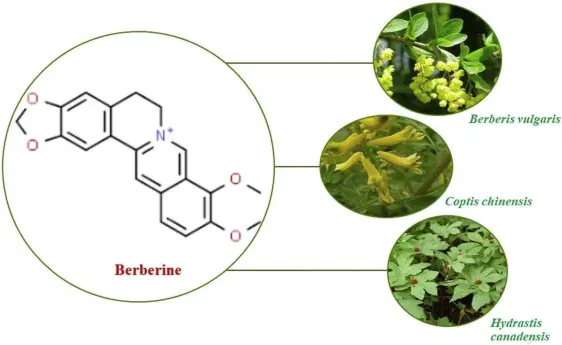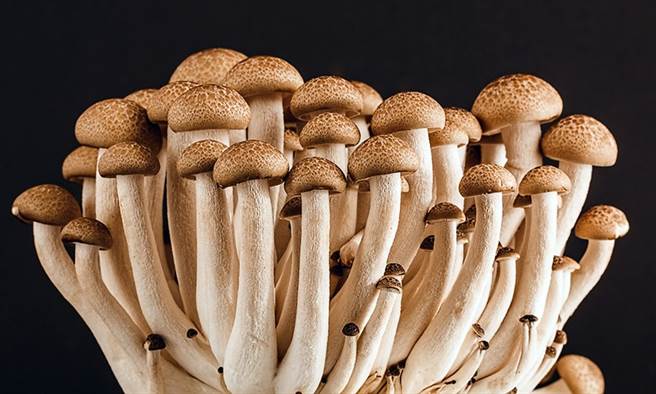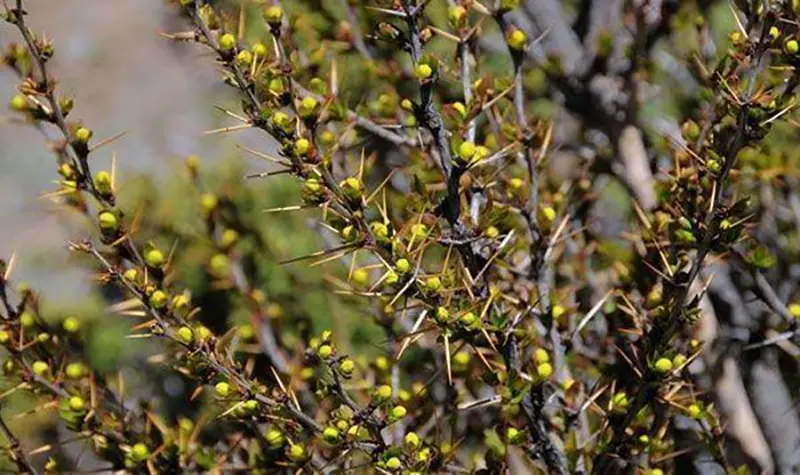Breakthrough in Berberine Biosynthesis Reveals Convergent Evolution
Revolutionizing Berberine Production
Berberine, a medicinal alkaloid with $4 billion annual global demand, is traditionally sourced from endangered plants like Phellodendron amurense (Guan Huangbai). A landmark study in Science Advances (2024) by researchers from Northeast Forestry University and Chengdu University of TCM revealed a novel biosynthetic pathway in this plant, diverging from known routes in Coptis. Using multi-omics analysis, the team identified six enzymatic steps, including a unique N-methyltransferase (NOMT) and a cytochrome oxidase (CYP71BG29) replacing the classical berberine bridge enzyme. This discovery enables sustainable synthetic biology approaches to replace resource-intensive extraction.
Enzymes & Evolutionary Innovation
Structural and evolutionary analyses showed that PaNOMT9’s substrate-binding conformation enables unexpected N-methylation, while CYP71BG29 evolved from melatonin synthesis genes through gene duplication and selection. Crucially, P. amurense’s berberine genes form clusters—unlike scattered homologs in other species—shaped by genome duplications. These insights highlight convergent evolution, where unrelated enzymes achieve identical metabolic outcomes, offering new strategies for engineering high-yield microbial berberine production.
Applications & Global Impact
Led by Prof. Xu Zhichao and Academician Chen Shilin, this work advances green biomanufacturing of benzylisoquinoline alkaloids (BIAs), including morphine and anti-viral stepholidine. Supported by China’s National R&D Programs, it addresses challenges like low plant yields and complex BIA stereochemistry. The findings align with global efforts to scale plant-derived drug production sustainably, with potential applications in metabolic engineering and molecular breeding.










